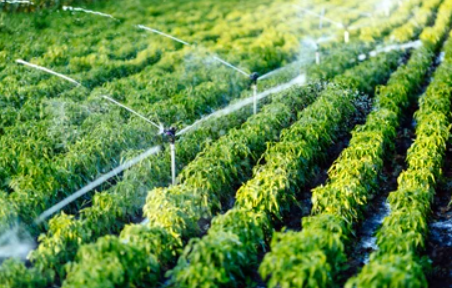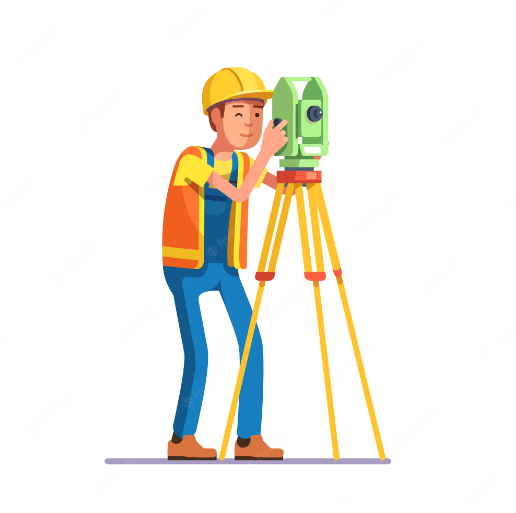
· Introduction.
Ø Definitions.
Ø Importance of irrigations.
Ø Basic plant’s needs.
Ø Conditions requiring irrigation.
Ø An inventory of irrigation schemes in Kenya
· Planning for a small scale farm irrigation system
Ø Identification of potential area.
Ø Objectives.
Ø Survey and data collection etc.
· Plaint , soil water relationship
Ø Need for irrigation
Ø Terminology used in soil moisture e.g.available moisture, Unavailable moisture and Effective root zone.
Ø Permanent wilting point
Ø Readily available moisture
Ø Readily available factor and influence of different soil type.
· Term used in crop water requirements:
Ø Evaporation
Ø Transpiration
Ø Potential evapotranspiration
Ø Actual evapotranspiration
Ø Reference evaporation
· Estimating irrigation water:
Ø Metrological factors
Ø Crop factors
Ø Effective rainfall
Ø Ground water contribution
Ø Soil storage
Ø Leaching fraction
Ø Irrigation efficiency
· Irrigation requirements:
Ø Use of tables and charts
Ø Net irrigation requirement
Ø Gross irrigation requirement
Ø Irrigation intervals
· Measurement of irrigation water:
Ø Reasons for measuring water
Ø Methods of measuring irrigation water by:
§ Wells
§ Metro gates
§ Phrasal
· Irrigation pumps
Irrigation principles of pumps:
Ø Piston pumps
Ø Diaphragm types
Ø Sub-mersible type
Ø Hydram type
Ø Rotary pump
· Selection requirement of the pumps:
Ø Power requirements
Ø Pump efficiency
Ø Area to be irrigated
Ø Quality of water
· Water application factors:
Ø Type of soil
Ø Topography
Ø Quality and quantity of water
Ø Crop type
Ø Farming practices
Ø The government policy
Ø Economics
· Irrigation methods:
Ø Border irrigation
Ø Check basins
Ø Furrow irrigation
Ø Sprinkler irrigation
Ø Drip irrigation
· Irrigation problems:
Ø Salt problems
Ø Alkalinity
Ø Salinity
Ø Siltation and water table
· drainage
Reasons for drainage
Ø Control of salts
Ø High water table
Ø Unfavorable slopes
Drainage systems
Ø Open drainage.
Ø Covered drainage.
Ø Sub-surface drainage.
Reference books
1. Irrigation principles and practices by Israelson and Hanson.
2. Irrigation Theory and practice by A.M Michael.
3. Elementary soil and water Engineering 3rd Edition by G.O Scwab and R..K. Frevert
Learning outcomes
i. Definition of irrigation.
ii. Water sources for plant.
iii. Basic water needs for plants.
iv. Describe plant, soil and water relationship.
v. State factors for selection of pumps, channels and pipes.
vi. Describe different irrigation methods and techniques.
vii. State factors to consider in planning a small scale farm irrigation system.
viii. State different types of drainage systems.
ix. Explain a given technique of land reclamation.
- Teacher: Debra Nyakerario Ongeri

- Teacher: Barnabas Mugo
- Teacher: justus mwendwa
- Teacher: Debra Nyakerario Ongeri
- Teacher: Roniex Opondo
- Teacher: DENNIS WAITHAKA NJUGUNA
COURSE OUTLINE
1. Setting Out
2. Excavations
3. Foundations
4. Temporary works
5. Floors
6. Walls
7. Roofs
8. Stairs
9. Doors
10. Windows
- Teacher: Evans Ochieng
- Teacher: William Oduor
- Teacher: Justus Wersongur
- Teacher: Barnabas Mugo
- Teacher: Mutia Mulaa
- Teacher: Lilian Mutangili
- Teacher: Ian Kimutai
- Teacher: Erick Omondi
- Teacher: PRISCAH AMEJA
- Teacher: ONGIRI RICHARD LEAKEY
- Teacher: Wilson Wanjohi
- Teacher: dennis macharia
- Teacher: GEORGE MAINA
- Teacher: Castro Nyagudi
- Teacher: Roniex Opondo
- Teacher: lewis Wekesa
- Teacher: Mr. Peter Nawiri
- Teacher: Walter Oswaga
- Teacher: Kennedy Soli Nginyo